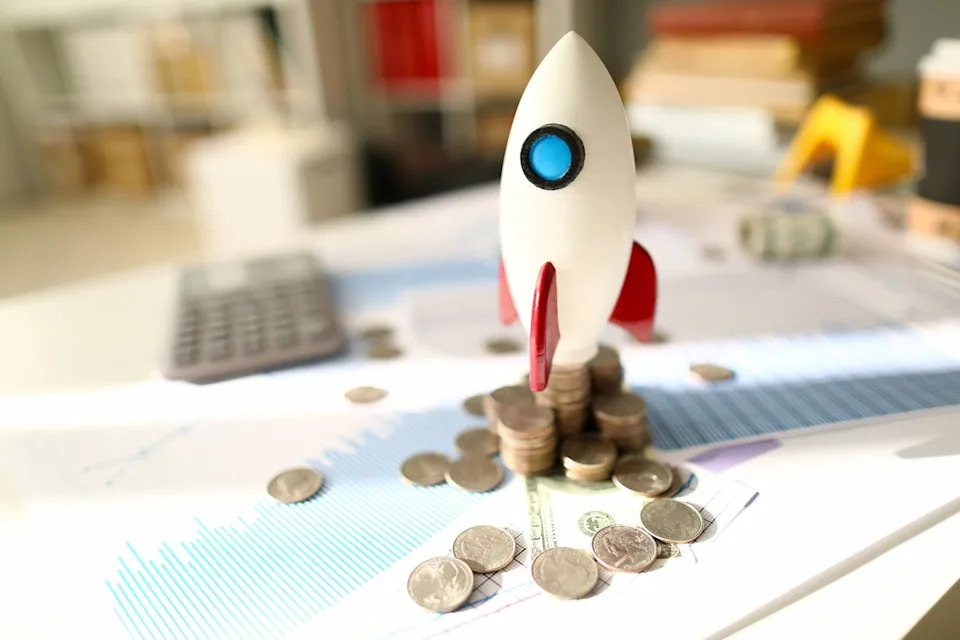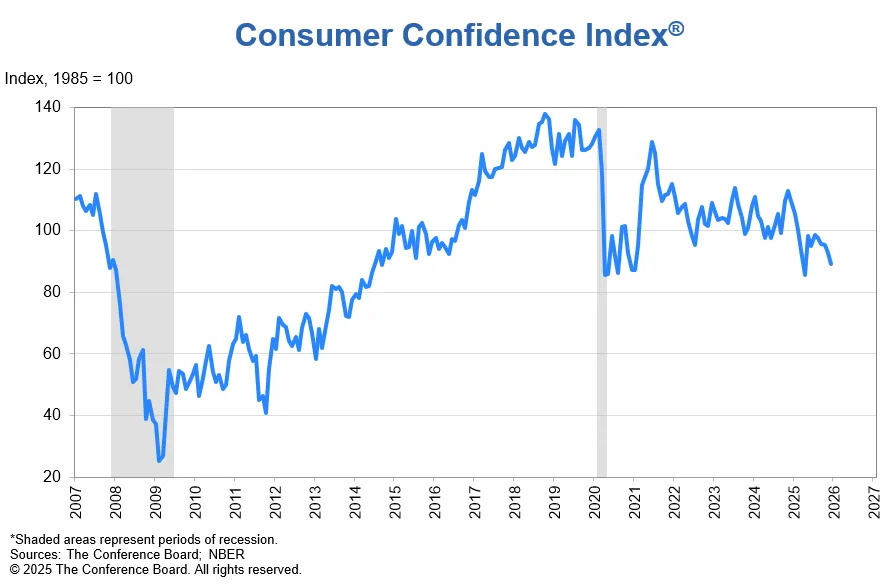
Is Ripple-Created XRP in a Bubble?
Key Points
- Cryptocurrencies, particularly XRP, have significantly outperformed traditional stock market returns over the past decade, with XRP surging nearly 700% in the last three years.
- Donald Trump's election victory and the subsequent resignation of SEC Chair Gary Gensler have boosted investor confidence in XRP by reducing regulatory uncertainties.
- Growing adoption by over 300 financial institutions using RippleNet for cross-border transactions, along with potential spot XRP ETF approvals, are key catalysts for XRP's rise.
- Despite its rally, warning signs suggest XRP may be in a bubble, including limited mandatory adoption by financial institutions and competition from other blockchain networks.
- Historical market trends and the correlation between cryptocurrencies and the S&P 500 indicate a potential risk of a bubble burst for XRP and other digital assets.
Summary
Over the past decade, cryptocurrencies have vastly outperformed traditional stock market returns, with XRP (CRYPTO: XRP), a bridge currency developed by Ripple, leading the charge by surging nearly 700% in the last three years. This parabolic rise is attributed to catalysts like Donald Trump’s election victory, which led to the resignation of crypto-unfriendly SEC Chair Gary Gensler, easing regulatory pressures on Ripple. Additionally, over 300 financial institutions adopting RippleNet for fast, low-cost cross-border transactions and the potential approval of spot XRP ETFs have fueled investor enthusiasm. However, the article raises concerns about whether XRP is in a bubble, citing issues like non-mandatory adoption by institutions, competition from other blockchain networks, and a lack of standalone value outside Ripple’s payment network. Historical market patterns, including the S&P 500’s high valuations and crypto’s volatility, further suggest a potential downturn. While XRP’s real-world utility is notable, these ominous warnings indicate that the current rally may not be sustainable, prompting caution among investors.
The Motley Fool
August 5, 2025
Crypto


